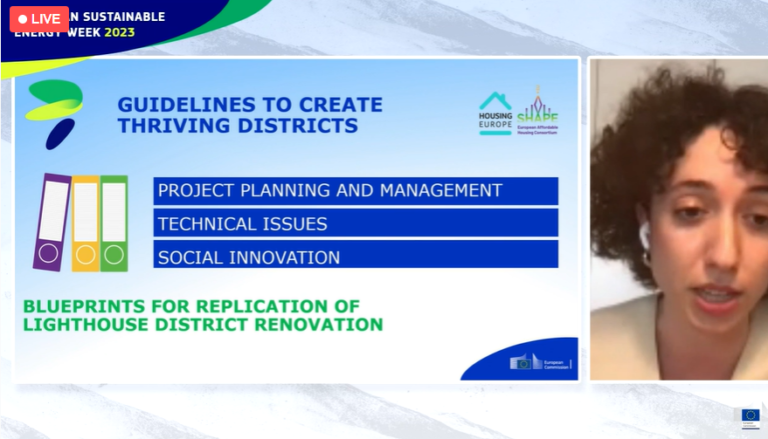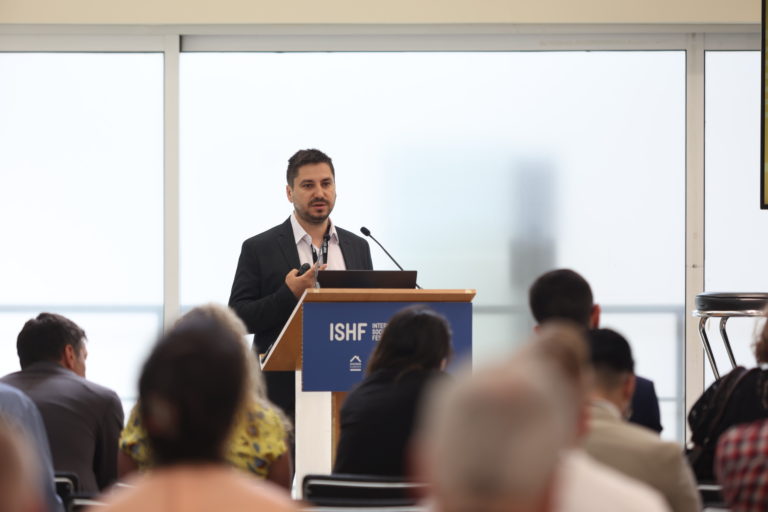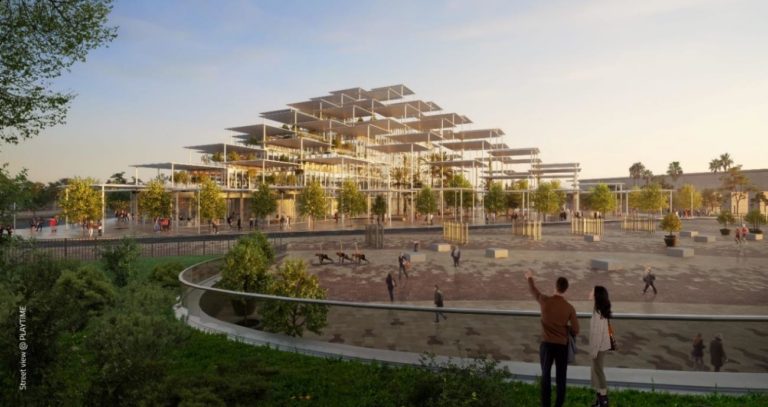
Affordable housing
for remodelled neighbourhoods across Europe
Despite accounting for less than 2% of the Earth’s surface, urban areas are responsible for more than 60% of greenhouse emissions and their building stock plays a critical role.
Urban areas
< 2%
of earth surface
60%
of greenhouse gas emissions
Buildings in EU
40%
of energy consumption
36%
of greenhouse gas emissions

Start date:
October 2022
Partners:
16 partners from 10 countries
Duration:
48 months
Budget:
Up to
2,88 M €
According to the European Commission, buildings are responsible for 40% of the EU’s energy consumption and 36% of greenhouse gas emissions.
In order to achieve the EU Climate Target Plan 2030, a transition in the designing, construction and retrofitting of buildings is needed. As a result, the European Green Deal considers positive energy districts and nearly energy-zero buildings a key priority. But investments for such a transformation are high, and experts wonder how socially vulnerable people, who are dependent on affordable housing, can become part of this transformation process.
With this innovative approach, the project hopes to increase the percentage of renewable energy consumed in the housing sector as well as to reduce energy consumption per capita, expecting to save up to 190 GWh annually.

6 Demonstration districts across Europe

News & Events
Impressions from the “International Summer Course on Energy Communities: Empowerment through Sustainable Energy”
learn more
International Summer Course: “Energy Communities: Empowerment through Sustainable Energy”
learn more
Promoting ‘multiple benefits’ in smart city projects
learn more
Affordable Retrofitting of Europes Building Stock – Vienna Shows the Way
learn more
Decarbonising an historic Vienna apartment block
learn more
Belgian Renovation Week
learn more
European Sustainable Energy Week 2023
learn more
Impressions of the “Affordable Housing Initiative Tech Camp”
learn more
New ProLight article – Renovation meets innovation: bringing green energy to Europe’s upgraded buildings
learn more
The “New European Bauhaus” progress report
learn more









